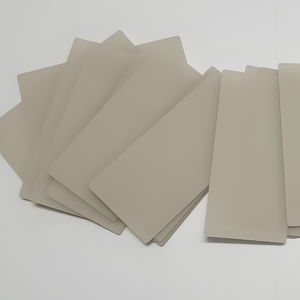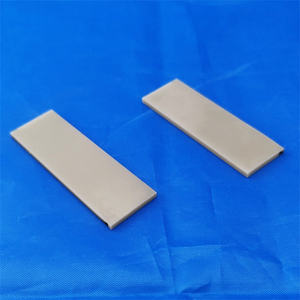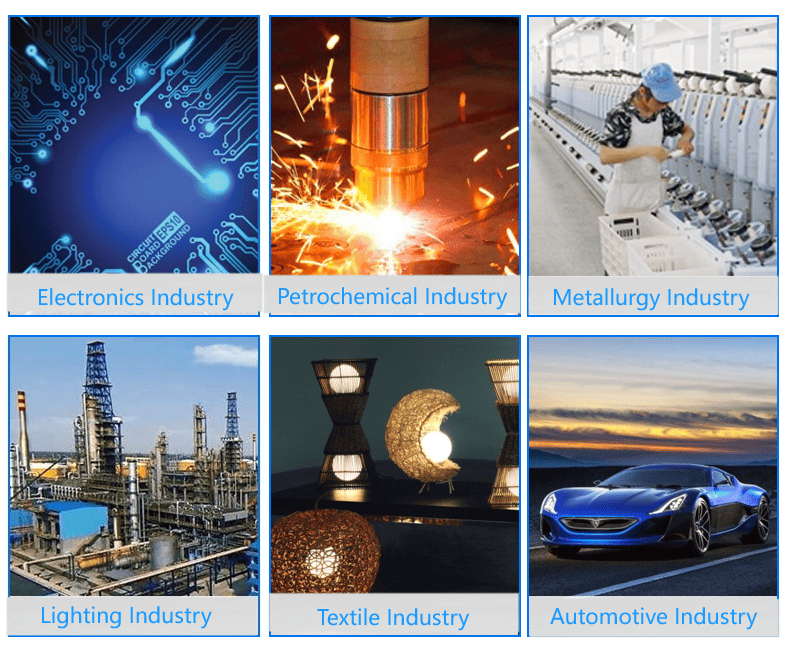Discover Premium Ceramic Products | Durability & Elegance United | Advanced Ceramics
PRODUCT PARAMETERS
Description
Overview of Aluminum Nitride Aln Macor Al2O3 Dbc Dpc Amb Metallized Ceramic Substrate with Copper Coating
Aluminum Nitride Ceramic is an advanced ceramic material with aluminum nitride as the main component. It has been widely used in electronics, optics, and mechanics due to its unique properties.
Features of Aluminum Nitride Aln Macor Al2O3 Dbc Dpc Amb Metallized Ceramic Substrate with Copper Coating
High thermal conductivity: Aluminum nitride ceramics have relatively high thermal conductivity, usually between 170-260 W/m·K, which makes it an excellent heat dissipation material. It is especially suitable for electronic devices that require efficient heat dissipation, such as substrate materials for power semiconductor devices.
Good electrical insulation: Despite its high thermal conductivity, aluminum nitride ceramics are excellent insulators of electricity, which can effectively prevent current leakage and ensure the safe operation of electronic components.
Low dielectric constant and dielectric loss: These characteristics make aluminum nitride ceramics very suitable for use in high-frequency circuits because it can reduce energy loss during signal transmission.
High temperature resistance: Aluminum nitride ceramics can maintain structural stability and strength at extremely high temperatures. Its melting point is about 2800°C, so it is suitable for applications in high temperature environments.
Low thermal expansion coefficient: Compared with semiconductor materials such as silicon, aluminum nitride has a lower thermal expansion coefficient, which means it has better dimensional stability when the temperature changes, which helps improve packaging reliability.
Corrosion resistance: Aluminum nitride ceramics have good chemical stability to most molten metals and are not easily oxidized or corroded, allowing them to perform well in harsh environments.
High mechanical strength: Although not as hard as some other types of ceramic materials, aluminum nitride ceramics still provide enough mechanical strength to allow them to be used in many structural applications.
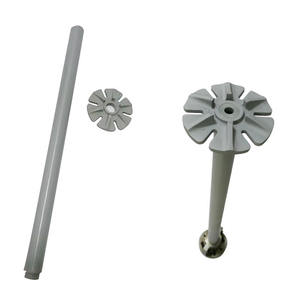
(Aluminum Nitride Aln Macor Al2O3 Dbc Dpc Amb Metallized Ceramic Substrate with Copper Coating)
Specifications of Aluminum Nitride Aln Macor Al2O3 Dbc Dpc Amb Metallized Ceramic Substrate with Copper Coating
Aluminum Nitride (AlN) ceramic substrates include high thermal conductivity. This building moves heat away quite possibly. AlN functions best for high-power electronics needing reliable cooling. Electrical insulation continues to be superb. AlN handles high voltages safely. The surface area coating is smooth. This help accurate circuit patterns. Copper finishing bonds highly to AlN. Straight Bond Copper (DBC) is common for AlN. DBC offers thick copper layers. This sustains high current circulation. The copper bonds well under high temperature.
Macor ceramic is machinable. This is a crucial benefit. You can form it like steel. Macor offers great electrical insulation. Thermal conductivity is lower than AlN. Macor suits applications requiring complicated shapes. It functions well for fixtures and insulators. Copper metallization applies to Macor surfaces. This produces conductive paths. The bond toughness is reputable for several uses.
Alumina (Al2O3) ceramic is extensively utilized. It supplies excellent thermal efficiency. Electric insulation is high. Al2O3 is affordable. It serves lots of basic applications. Surface level of smoothness is usually great. Various copper coating approaches apply. Direct Layered Copper (DPC) is popular for Al2O3. DPC plates thin copper layers straight. This enables great circuit functions. The process provides accurate control.
Energetic Steel Brazing (AMB) bonds copper to porcelains. AMB makes use of unique filler metals. This develops strong, dependable bonds. AMB matches AlN and Al2O3 both. The bonds hold up against heats. Thermal biking efficiency is solid. AMB substratums deal with hard atmospheres. Copper density differs per need. Thicker copper carries extra existing. Thinner copper enables finer details. Surface area flatness is critical. It guarantees excellent part mounting. Thermal expansion matching issues. It minimizes anxiety during temperature level adjustments. The substrate base material dictates core residential properties. The copper coating approach determines circuit abilities.
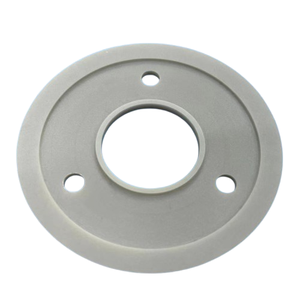
(Aluminum Nitride Aln Macor Al2O3 Dbc Dpc Amb Metallized Ceramic Substrate with Copper Coating)
Applications of Aluminum Nitride Aln Macor Al2O3 Dbc Dpc Amb Metallized Ceramic Substrate with Copper Coating
Light Weight Aluminum Nitride, Macor, Alumina (Al2O3) DBC, DPC, AMB, and metallized ceramic substrates with copper finish are vital products. They deal with warmth and electricity extremely well. These buildings make them essential in numerous demanding sectors. Power electronic devices count heavily on them. Gadgets like IGBTs, MOSFETs, and power components require to manage huge quantities of heat. These substrates move warmth away successfully. This stops getting too hot and failing. The copper covering offers superb electrical pathways. Circuits are developed directly onto the copper layer.
Lights technology, particularly high-power LEDs, utilizes these substratums. LEDs generate considerable warmth. Reliable warm dissipation is essential. It makes certain long LED life and secure light output. Aluminum Nitride is particularly good right here. It relocates warm better than lots of various other ceramics. Macor is machinable. It allows for personalized forms and complicated parts where needed. Alumina is an affordable workhorse. It uses good total performance for lots of standard uses.
The vehicle sector needs integrity. Electric lorries (EVs) and hybrid automobiles make use of effective electronic devices. These electronics need robust thermal management. DBC (Direct Adhered Copper) and AMB (Energetic Steel Brazing) substratums succeed here. They deal with high power and temperature swings. Copper layer guarantees solid electric links. This is essential for electric motor controllers and battery systems.
Aerospace and protection applications need materials that carry out under severe conditions. These substrates fulfill that demand. They take care of warm in radar systems, avionics, and communication equipment. Their stability and reliability are key elements. RF and microwave devices likewise depend upon these materials. Specific signal transmission is mandatory. The copper layers give the essential conductive paths. Reduced signal loss is attained. This is important for telecoms and radar.
Medical equipment requires accuracy and safety. These substrates are used in imaging systems and surgical tools. They provide electrical insulation. They likewise manage heat successfully. Manufacturing processes like DPC (Direct Plated Copper) enable extremely great circuit patterns. This miniaturization supports advanced electronics packaging.
Company Introduction
Advanced Ceramics founded on October 17, 2014, is a high-tech enterprise committed to the research and development, production, processing, sales and technical services of ceramic relative materials and products.. Since its establishment in 2014, the company has been committed to providing customers with the best products and services, and has become a leader in the industry through continuous technological innovation and strict quality management.
Our products includes but not limited to Silicon carbide ceramic products, Boron Carbide Ceramic Products, Boron Nitride Ceramic Products, Silicon Carbide Ceramic Products, Silicon Nitride Ceramic Products, Zirconium Dioxide Ceramic Products, Quartz Products, etc. Please feel free to contact us.
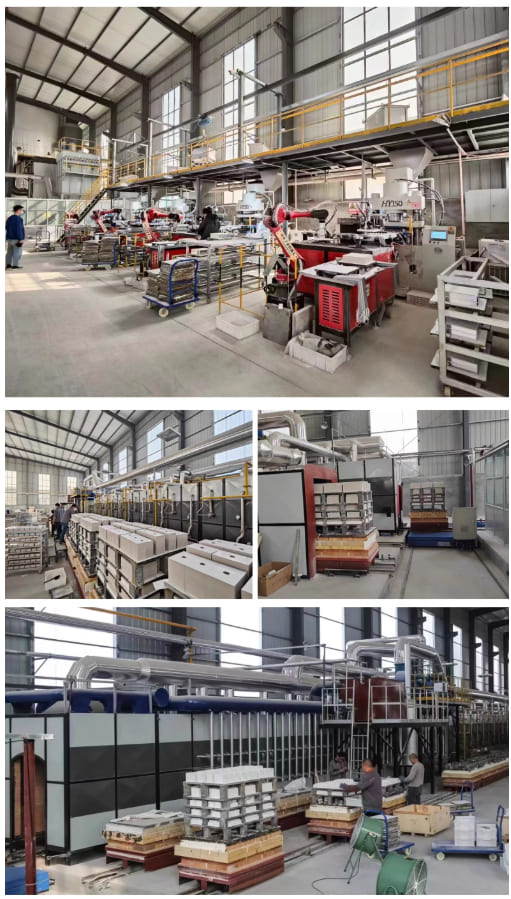
Payment Methods
T/T, Western Union, Paypal, Credit Card etc.
Shipment Methods
By air, by sea, by express, as customers request.
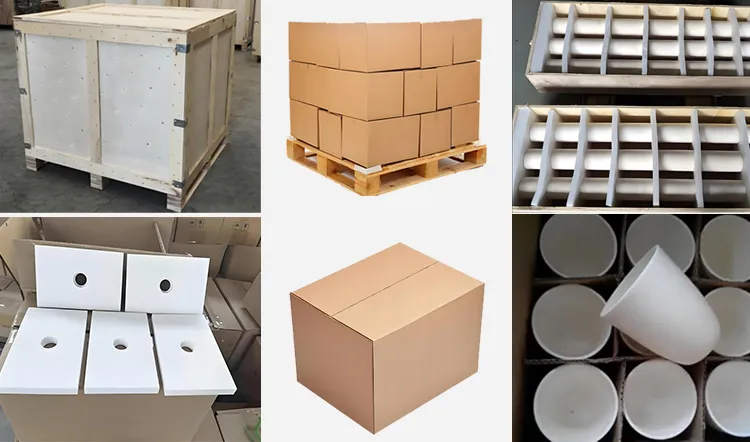
5 FAQs of Aluminum Nitride Aln Macor Al2O3 Dbc Dpc Amb Metallized Ceramic Substrate with Copper Coating
What are Aluminum Nitride and Al2O3 ceramic substrates with copper?
These are flat, strong ceramic plates made from Aluminum Nitride (AlN) or Aluminum Oxide (Al2O3). We put a thick layer of copper on top. Methods like DBC, DPC, or AMB bond the copper to the ceramic. The copper makes electrical circuits. The ceramic handles high heat and electricity insulation.
Why use copper on these ceramics?
Copper moves electricity and heat extremely well. Devices get very hot. Copper pulls heat away fast. Copper also lets you build electrical paths easily. The ceramic base stops electricity from leaking. The copper layer must stick very firmly to the ceramic. Good bonding prevents peeling under heat stress.
What makes AlN better than Al2O3 sometimes?
Aluminum Nitride moves heat much faster than Aluminum Oxide. AlN spreads heat like metal. Al2O3 is cheaper. AlN costs more. Use AlN where heat removal is critical. Use Al2O3 where cost matters more. Both work reliably with copper coatings.
Where do you use these copper-coated ceramic plates?
They go inside power electronics. Find them in electric car parts, big power supplies, train systems, and LED lights. They manage high heat and power. They hold computer chips and power devices. They connect everything electrically. They stop things from overheating.
How do you handle these substrates?
Handle them carefully. The ceramic is hard but can crack if hit hard. Avoid touching the copper surface with bare hands. Finger oils cause soldering problems later. Store them dry. Keep them clean. Follow the maker’s instructions for mounting parts.
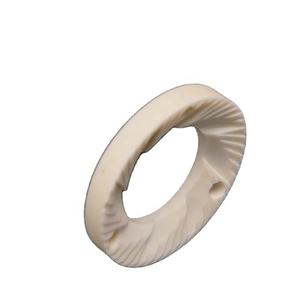
(Aluminum Nitride Aln Macor Al2O3 Dbc Dpc Amb Metallized Ceramic Substrate with Copper Coating)
REQUEST A QUOTE
RELATED PRODUCTS
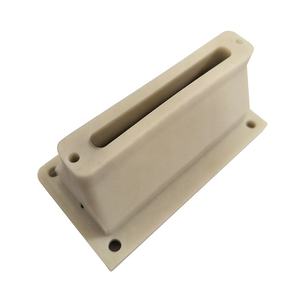
Suiyi Hot Aluminum Nitride Aln CAS 24304-00-5 Aln Ceramic Coating White Powder
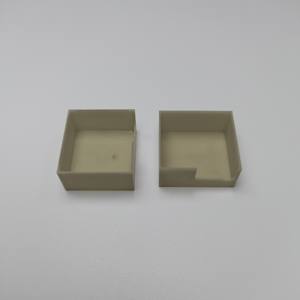
99.9% Purity Alumina Ceramic Ball High-Purity Alumina Grinding Media Aluminum Nitride Featuring MGO Alumina Cement Sio2 Welding
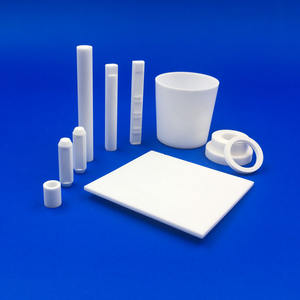
AlN Heater with TC Aluminum Nitride Heat Element Ceramic Plates 220V
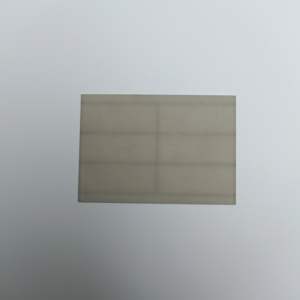
High Purity Ceramic Microspheres Spherical AlN Powder Spherical Aluminum Nitride Powder
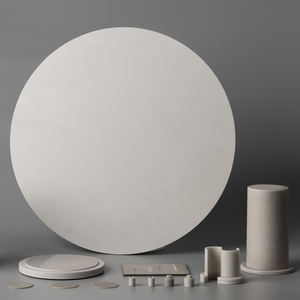
High Purity Aluminum Nitride (ALN) Powder High Thermal Conductivity Electronic Ceramic Substrate Raw Material Aluminum Nitride Aln Spherical
